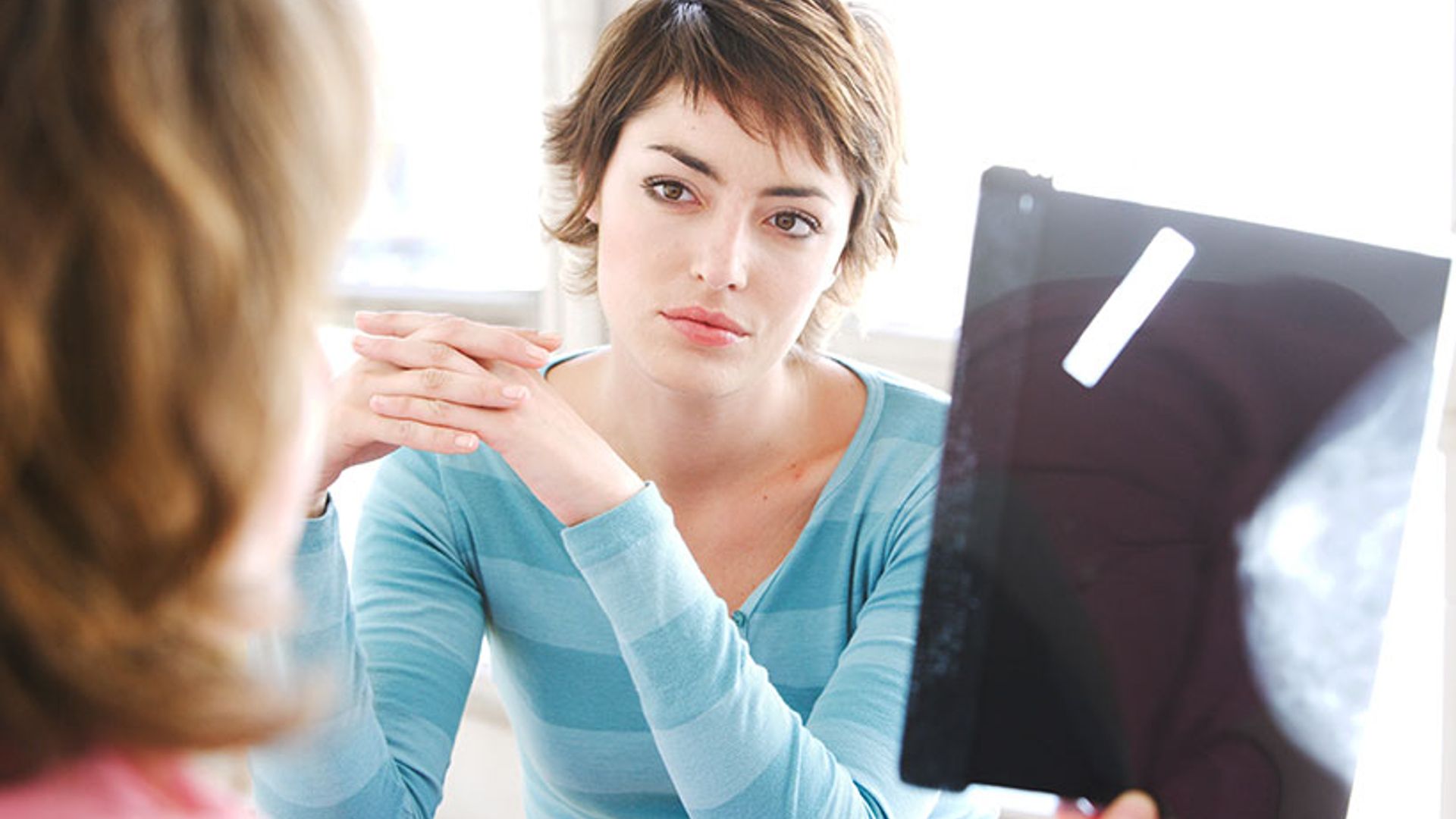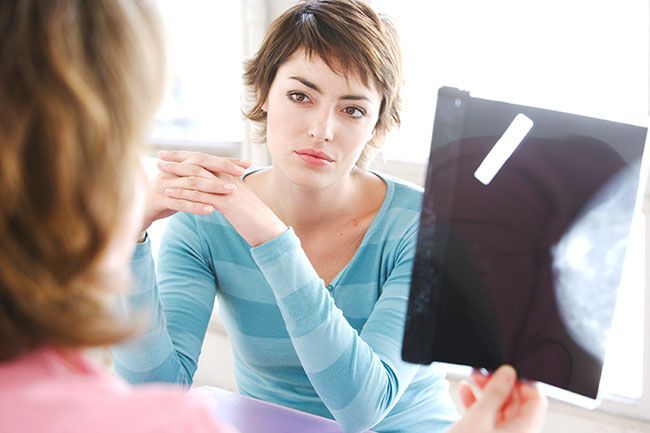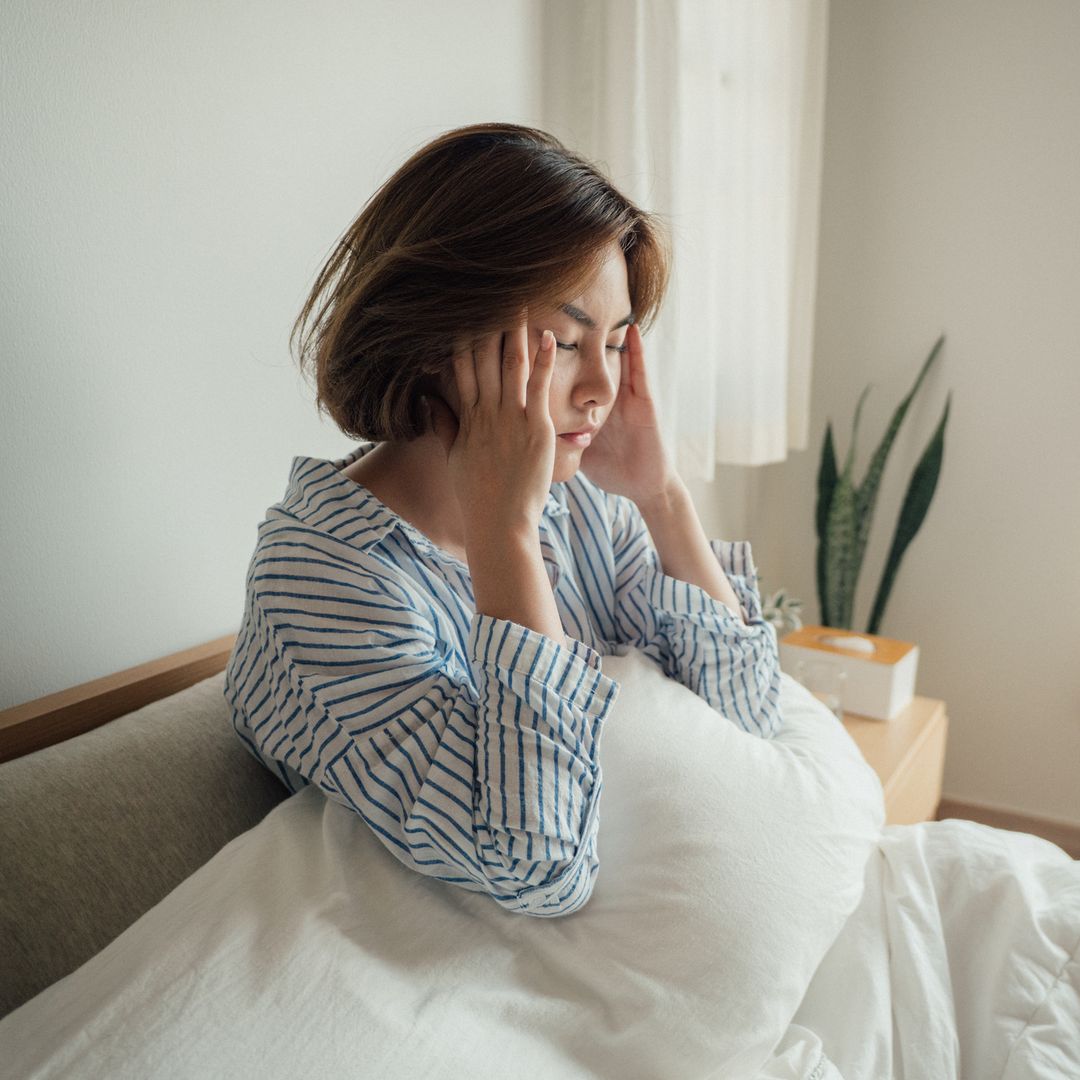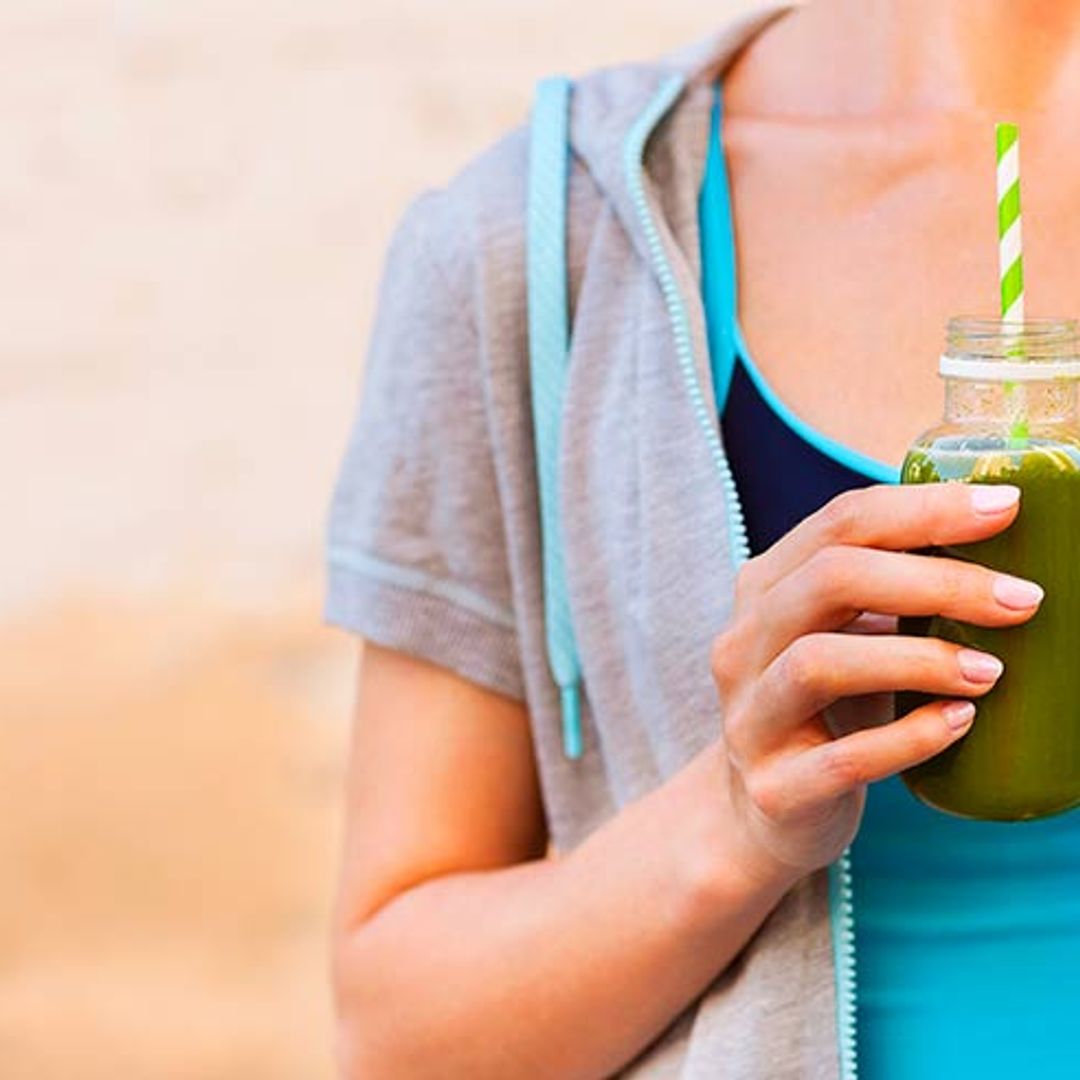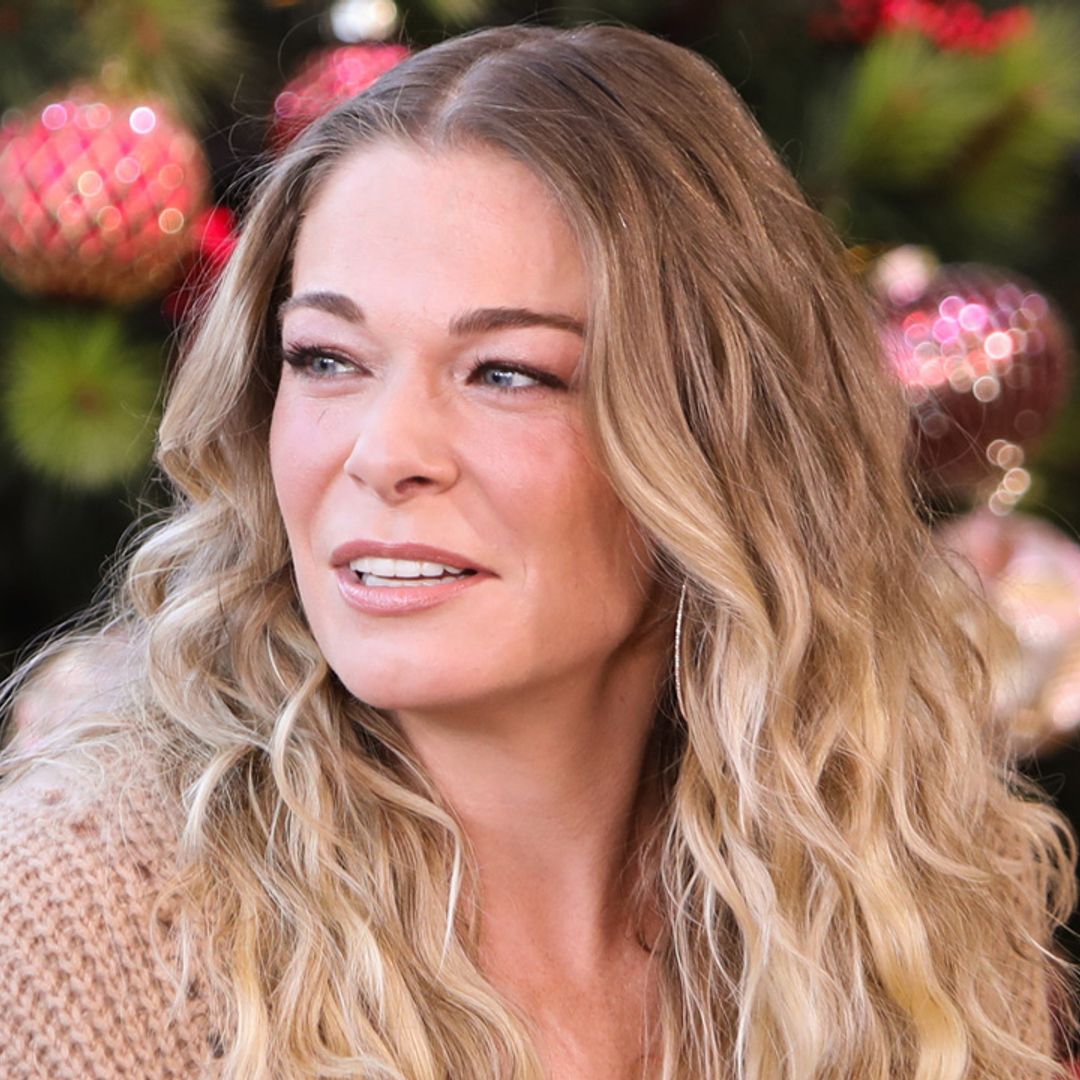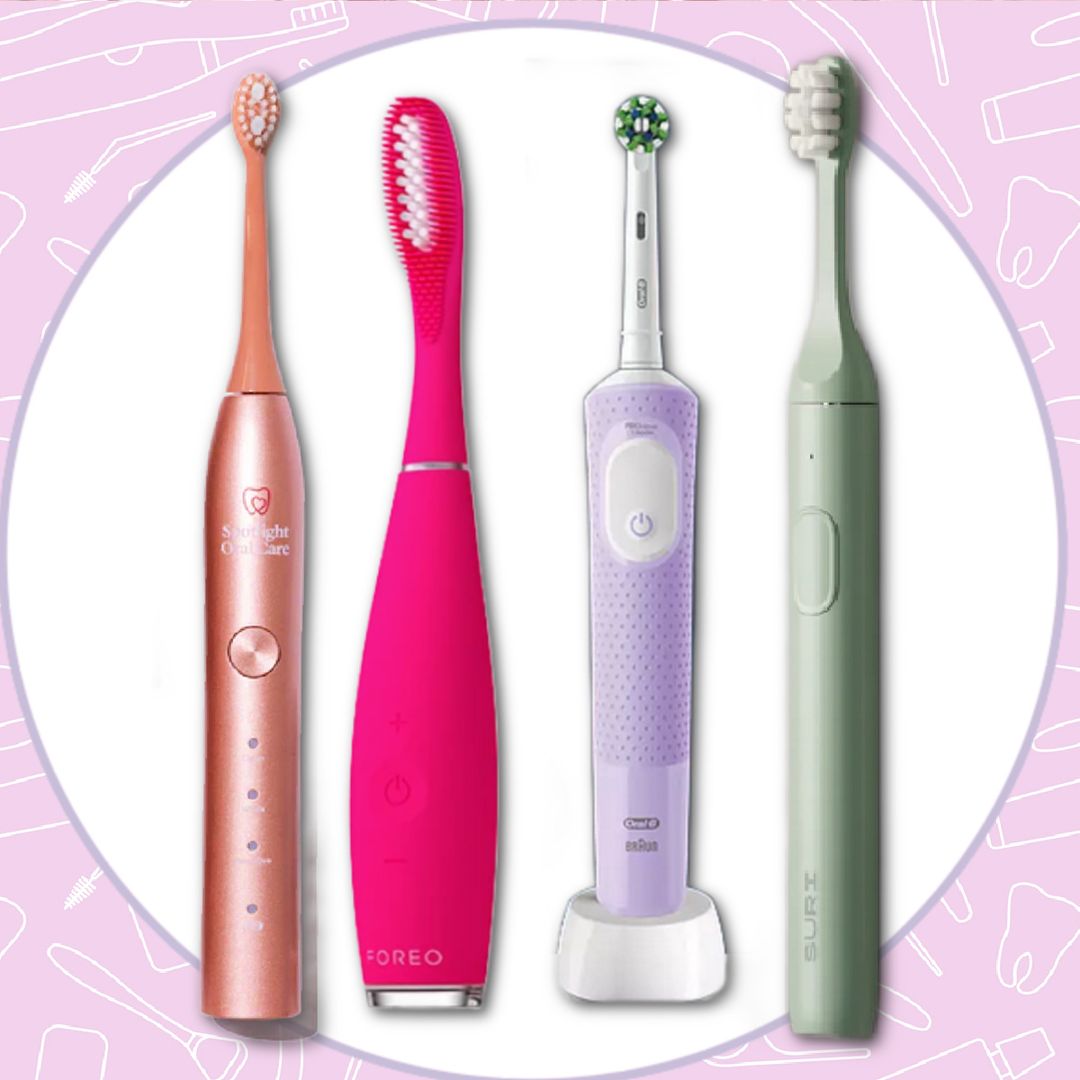Early detection is key to beating breast cancer; so you should check your breasts regularly. The good news, if you're unsure about how, is that it's not complicated. HELLO! Beauty Editor Nadine Baggott talks to the experts to get their tips.
With nearly 60,000 people diagnosed every year, breast cancer is the most common form of the disease in the UK and one in eight women will experience it in their lifetime. Early detection is key to beating it and regularly checking your own breasts is the quickest and easiest way to help ensure they stay healthy – after all, no one knows them better than you.
Sadly, studies show that one in seven women who has a mammogram never checks her own breasts. For many, this is because they are not sure what to do, but there is no right or wrong way – it is simply a question of knowing what feels right for you. That is the advice from CoppaFeel!, a charity that is dedicated to preventing the late detection of breast cancer.
TV and radio presenter Fearne Cotton, who's a supporter of the charity, says@ "CoppaFeel! is on a mission to stamp out late detection and misdiagnosis of breast cancer by ensuring that you know the signs and symptoms, know what your boobs look and feel like normally, check your boobs regularly throughout your lifetime and have the confidence to seek medical referral if you detect any changes.
Self-examination once a month once-over
Most breast cancers are first detected through self-examination, and the ideal is once a month, at around the same time. That way, you can pick up any changes that are not associated with normal hormonal fluctuations caused by your periods. The easiest way to check your breasts is in the shower or in front of a mirror, and it only takes five minutes.
Look and feel for… A difference in the size or shape of your breasts and any changes in the skin texture, including dimples, puckering or rashes. Feel for lumps and thickening in the tissue, no matter how small or large. Look at your nipples to see if they have changed, are inverted or if there's any discharge. Ask yourself if your breasts are causing you pain or discomfort.
Remember… Your breast issue is not just in the breast itself; it runs up into both armpits and includes the flesh overlying the pectoral muscles too, so that is right up into your collarbone and armpits. When checking your breasts be sure to also look for any swelling or lumps in your armpits or around your collarbone.
Finally… Go and see your GP if you feel or see any changes or symptoms. Nine times out of ten these are not cancer, but if they are then early detection can save your life. If you are unsure of any changes in your breasts or are worried about breast cancer, your GP can examine you and feel for the changes and symptoms you have noticed. If they want a second opinion you will be given an urgent referral and should expect to be seen by a specialist within two weeks. Even then, most women are given the all-clear and are simply told to look out for any further changes in the future.
Tech Support
Now you know how easy it is to check your breasts every month, why not get some high-tech support to make sure you do not forget.
CoppaFeel! offers a free once-a-month text message service that reminds about your DIY breast exam. To sign up you can either visit coppafeel.org and download an app, or get an alert sent to your phone at the same time each month. Simply text BOOBS to 70300 and you will be sent a s free monthly reminder.
Meanwhile Breast Cancer Care has developed a Breast Cancer Awareness app featuring an easy-to-follow guide to self-examination, with drawings to help you along, plus a light-hearted quiz to highlight the symptoms and signs to look out for – you can even share results on social media to help raise awareness. Free to download, it is available from Google Play and iTunes.
